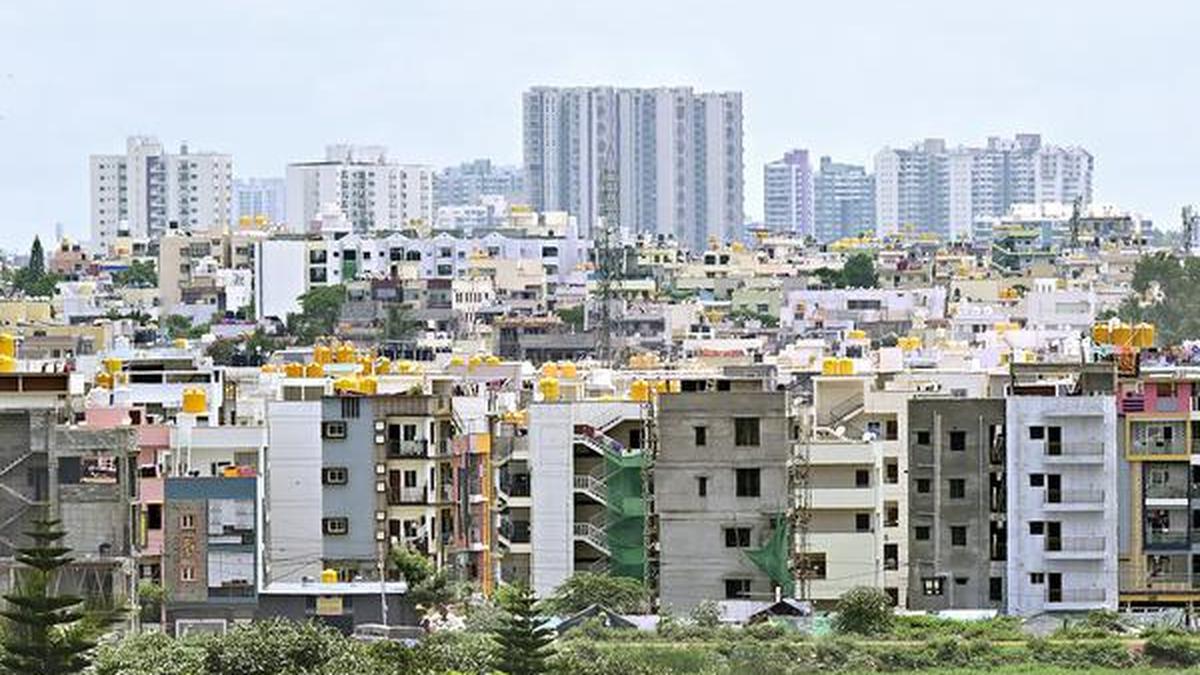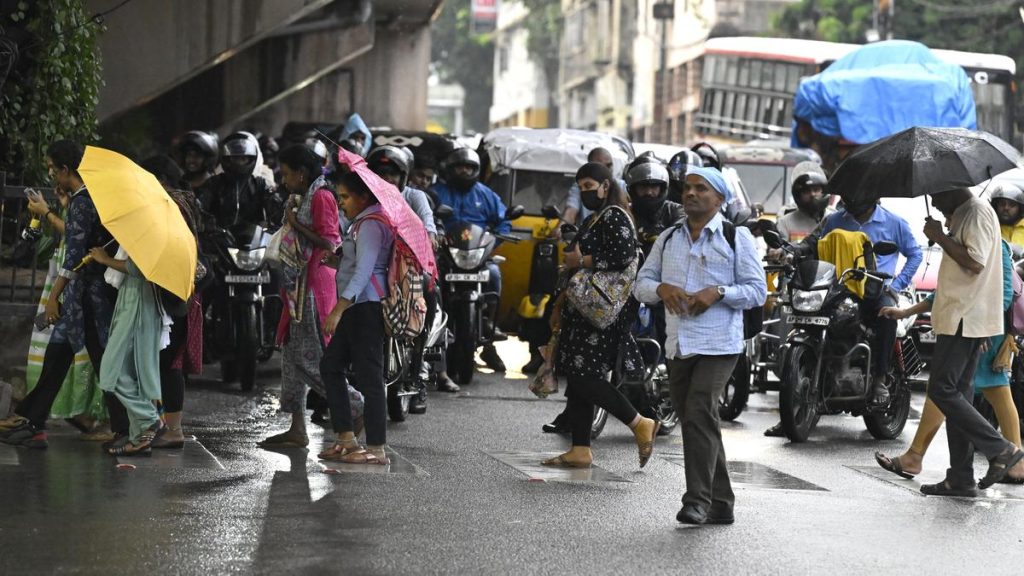Now Reading: CREDAI Warns Registration Fee Hike Could Stall Post-Pandemic Realty Recovery
-
01
CREDAI Warns Registration Fee Hike Could Stall Post-Pandemic Realty Recovery
CREDAI Warns Registration Fee Hike Could Stall Post-Pandemic Realty Recovery

Speedy Summary
- Fee Hike: Karnataka’s state government has doubled the registration fee for property transactions from 1% to 2% of the guidance value, effective August 31. This has sparked opposition from realtors and CREDAI,citing concerns about investor sentiment.
- Market Concerns: Realtors argue this hike will deter investors, especially as Bengaluru faces challenges with infrastructure perception and e-Khata implementation bottlenecks.
- Comparative Justification: The Department of Stamps and Registrations claims even after the hike, Karnataka’s combined fee structure (7.6%) is lower than some south Indian States like Kerala (10%) and Tamil Nadu (9%).
- Revenue Challenges: Collections fell short by ₹3,500 crore in FY2024-25 against a revenue target of ₹26,000 crore. the ongoing financial year also shows a deficit of 35% in its first quarter’s collection target of ₹28,000 crore.
- Registration Complaints: Realtors reported delays on August 30 due to issues with the Kaveri 2.0 portal before new fees came into effect.Revised transactions require additional payment via official portals.
Indian Opinion Analysis
The Karnataka government’s move to increase registration fees aims to address persistent revenue deficits amidst challenging economic conditions post-GST implementation. While comparisons with other South Indian states support claims that fees remain competitive regionally, CREDAI highlights concerns unique to Bengaluru: its high property guidance values compound costs for investors already grappling with infrastructural bottlenecks.
Bengaluru’s real estate sector-which was gradually recovering post-pandemic-risks losing crucial momentum if investor sentiment further declines due to rising costs or administrative hurdles like system downtime during peak demand days.
This policy decision reflects broader trends where state governments seek alternate resources amidst fiscal pressures but must critically balance immediate revenue needs against potential long-term impacts on market attractiveness and socio-economic growth.
Link for read more: The Hindu






















